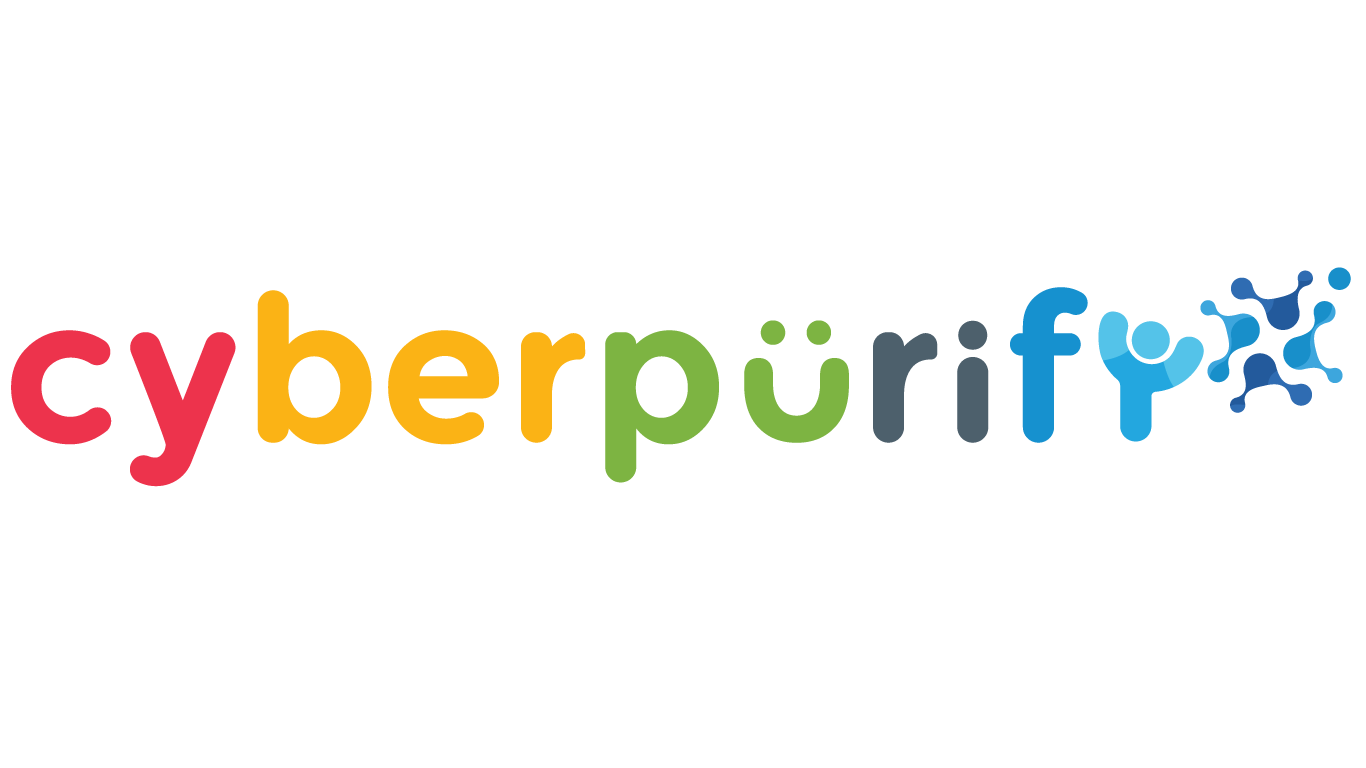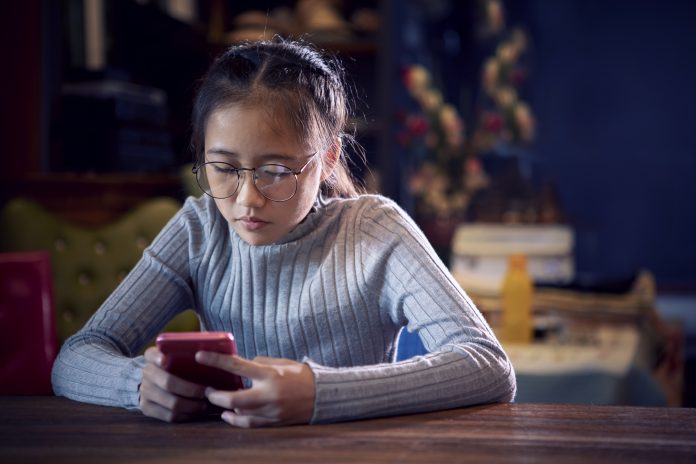72% of children have seen upsetting content on the Internet, but parents, do you know where that disturbing content comes from? Unexpectedly, children engage more in harmful content coming from their own peers or online communities, NOT scammers or online predators.
More seriously, children engage in harmful content without acknowledging its serious impact on their minds. Therefore, it is the role of parents to find out the unexpected ways children are deeply affected by harmful content and actively protect them from it.
Unexpected ways children engage in harmful content online
Children engage in harmful content from their peers
While parents believe toxic content children face online comes from scammers and online predators, it is more likely that children engage in harmful content created or shared by their peers.
The negative content can range from a negative post about depression from a classmate to a nude video of some student spreading around the school, making it hard to avoid. And it is not strangers but friends and siblings that expose them to those sensitive, horrifying videos.
In most cases, kids feel like having no choice but to be exposed to those content because of the peer pressure. Knowing what was happening and staying up to date with gossips is a way to connect with their peers and avoid being excluded.
Another reason why kids are unable to avoid hazardous content from peers is they don’t want to offend them. When friends secretly show them an intimate video, it can make kids feel important, as a result, they find it hard to say no to the video.
Take the story of Jaden (17, London) as an example. Many of his friends posted a sensitive video and commented enthusiastically about it. With his curious nature and the fear of being left behind, he just felt like he had to watch it.


When children do this frequently, it can lead to actions of victim blaming. Can you imagine how hurt the victim may feel when their intimate parts got exposed? Watching or spreading sensitive images means children are encouraging revenge porn, a common and serious form of cyberbullying.
Children engage in harmful content that is personally related to them
Among various types of toxic content, children engage in harmful content that they find personally related to them the most. For example, they will be more interested or concerned over stories of violence that had taken place in their neighborhood.
So, how can children approach this content? With a desire to get updated with the newest drama and gossip, many teens join local online communities or like Facebook pages. This is also where they are exposed to negative content.
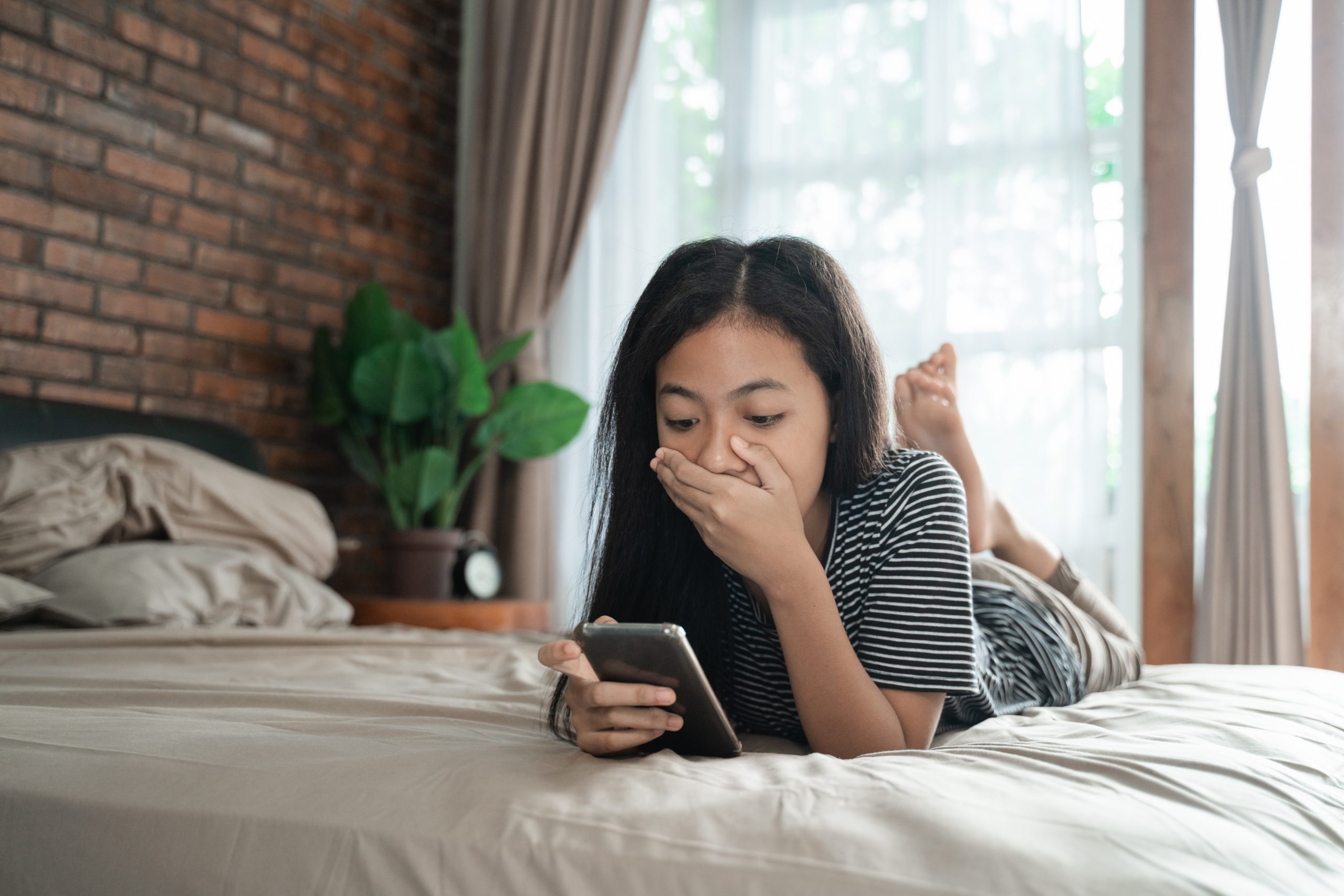

Posts about a school girl who got cyberbullied, or a teenage boy suicided after suffering from depression can attract many interactions from online users, increasing the possibility of your kids’ exposure to them.
At a young age, children can easily get haunted by this harmful content, causing troubles in sleeping. Moreover, content like this can shape negative perspectives in kids. Gradually, kids believe that everyone is bad, they lose trusts in people and refuse to care for others.
You might love this:
Children engage in harmful content that is perceived to be the solution to their problems
Sometimes, content that seems to be helpful to a problem children are having are the one that do harm to them. They can initially find those content appealing, helpful to their problems and later on felt they had been harmed by them.
Once again, online communities are where children get exposed with this type of harmful content. Children join forums, first feeling validated and belonged, then started to be bombarded with the amount of negative content in those forums.
A story of Gabi, 16, is a good example of this issue. At first, she was excited when engaging with online communities about mental health, feeling it ‘validated’ her experiences and reassured her that other people were experiencing the same thing.
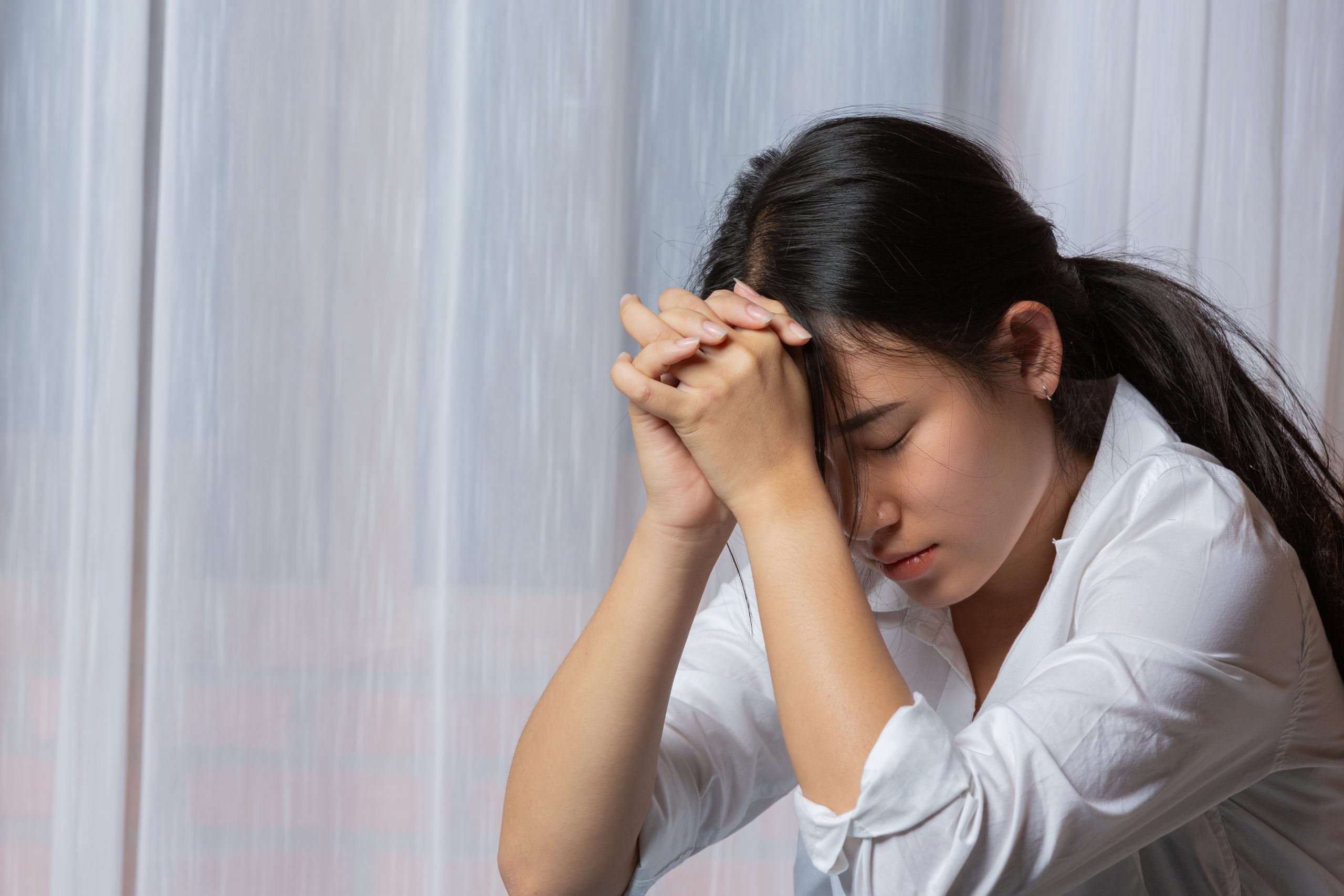

However, Gabi soon realized that these communities are contributing to her issues, in which people trying to ‘outdo’ each other in terms of how much they were struggling. In other words, the mental health communities not only display more negative content but also encourage people to suffer more.
In the case of Gabi with mental health issue, being exposed to posts about a problem can push her into a rabit hole of negativity. Plus, the online communities may involve users sharing their advices, which may be effective for them but not others. If children engage in harmful content like this instead of seeking help from parents, their problems may get out of hand.
Children engage in harmful content that is perceived to be cool and taboo
Children are likely to engage in content that are cool to them, for example, content about fashion, celebrities or even sensitive images. Engaging in harmful content like that not only helps them catch up conversations with their friends easier but also makes them feel cool and fashionable themselves.
That is why Nina, 15, a participant in a research of Ofcom about online risks for children, engaged with images and videos about fitness, fashion, and celebrities. The way her peers perceive models and influencers to be cool has motivated Nina to engage with the content they posted.
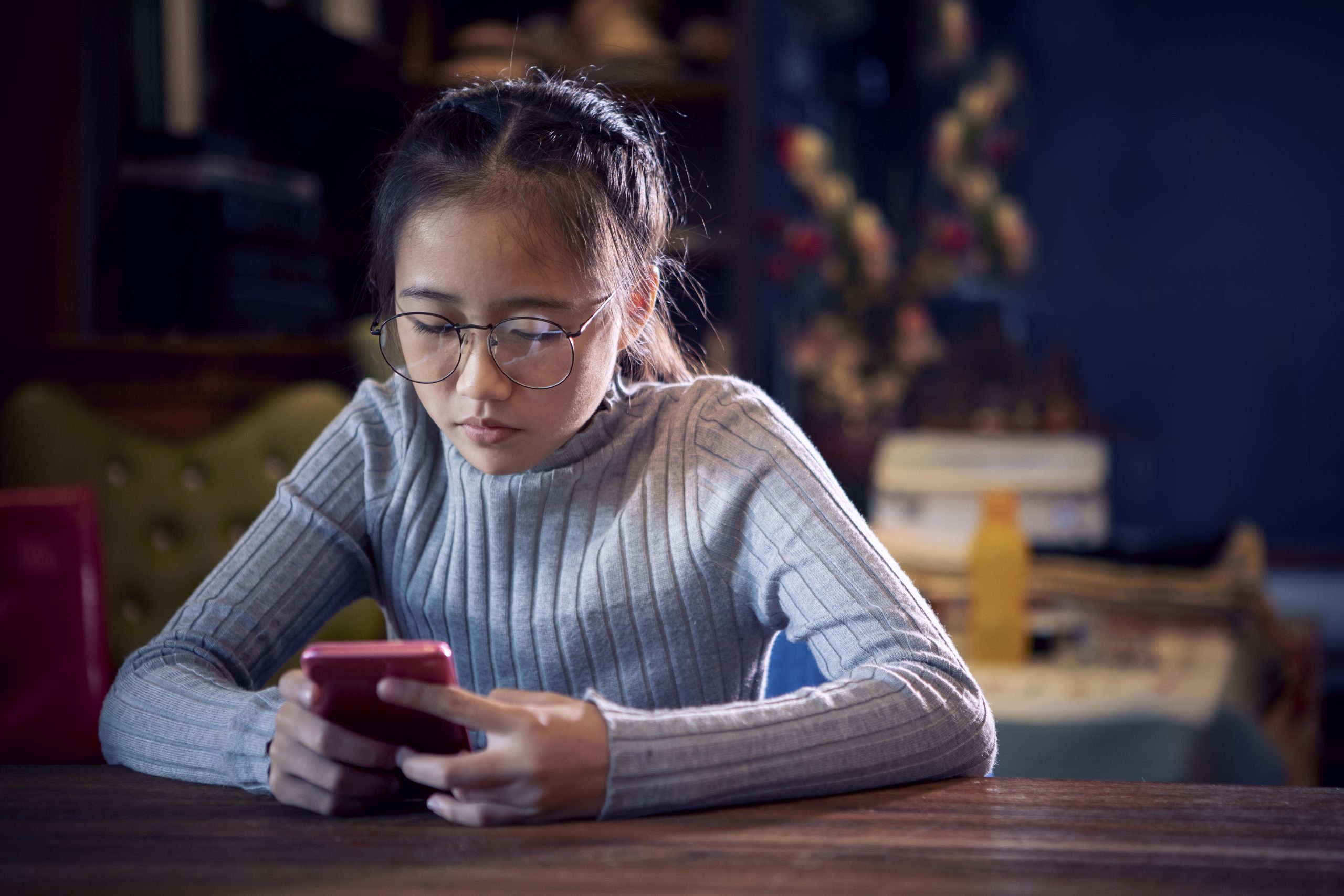

So what’s wrong with engaging in cool and taboo content? For Lucy, it is the negative effect after receiving unsolicited explicit images from boys at school. At the age of 14, she found it flattering, but after 2 years, she realised that this negatively impacted her perspective about men and relationships.
Besides, the more children engage in harmful content, the more they appear on their feeds. If Nina’s Facebook feeds are always filled with glamourous images of models and influencers, she may get obssessed with their looks, comparing herself with their appearance and lower her own self-esteem. In worse cases, it may even lead to eating disorders.
What parents should do to protect children from online harmful content?
Now that parents are well aware of the unexpected ways children engage in harmful content online, it is time to actively protect your children from them. To ultimately prevent children from engaging in harmful content, parents should combine the following methods:
- Using a content filtering tool
If you have ever been: - Anxious when letting children go online, afraid they will be exposed to toxic content?
- Exhausted when you have to count their screen time and constantly remind them to turn off the device?
- Weary when they keep begging for “5 more mins” but it always lasts more than 30 mins?
We need to end this! With CyberPurify Egg, when it’s studying time, all access to games, social media, and movies will be automatically blocked on every device your child uses.


Stay truly peace of mind when your kids are less distracted, less dependent on devices. Also, they are 24/7 protected from all harmful sites, minimizing the risk of porn addiction and dangerous behaviors.
Be one of the first parents to own a CyberPurify Egg!
- Teaching children that saying ‘’no’’ is a way to protect the victim
Many times, children are exposed to nude images even though they don’t want to. It is important to teach children that they should think about how the victim would feel when many people are spreading their private images. Saying ‘’no’’ to those revealing photos and videos is a way to protect themselves as well as the victims.
- Educating them about the online harms
At a young age, children engage in harmful content without knowing it can negatively impact their mental health. Therefore, parents play an important role in pointing out to children the different types of harmful content, where they can be exposed to them as well as its negatives effects.
You might love this:
